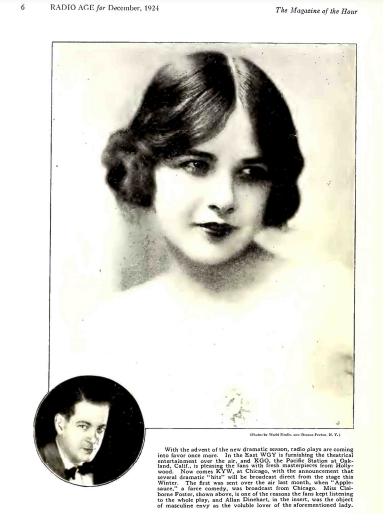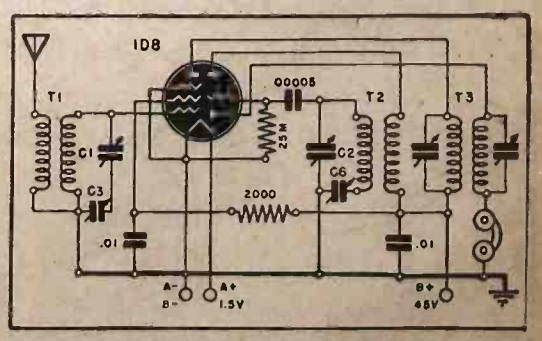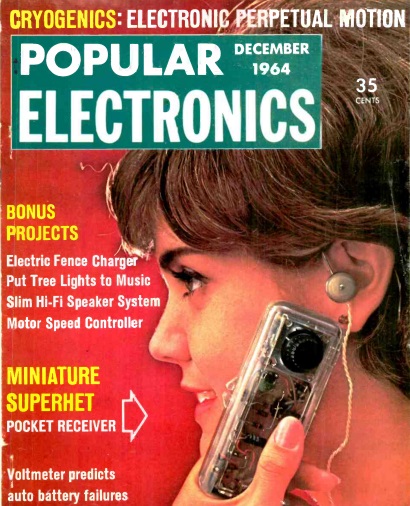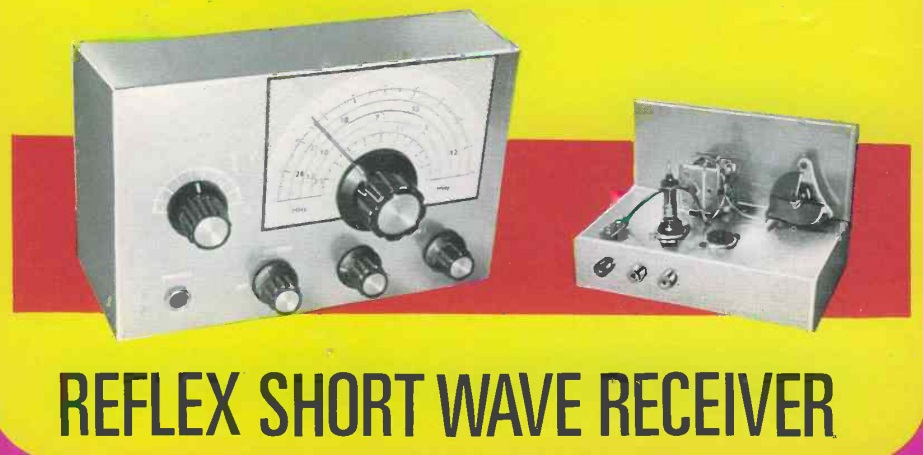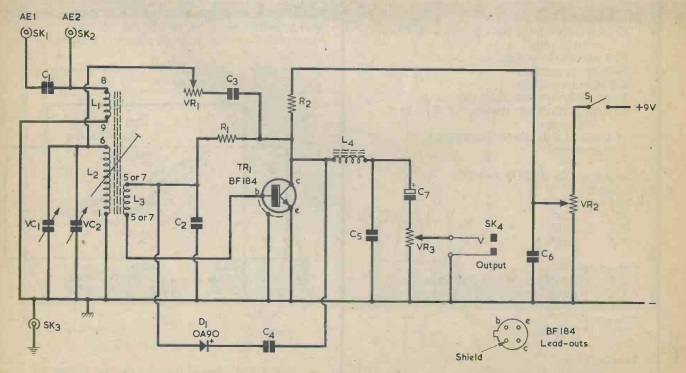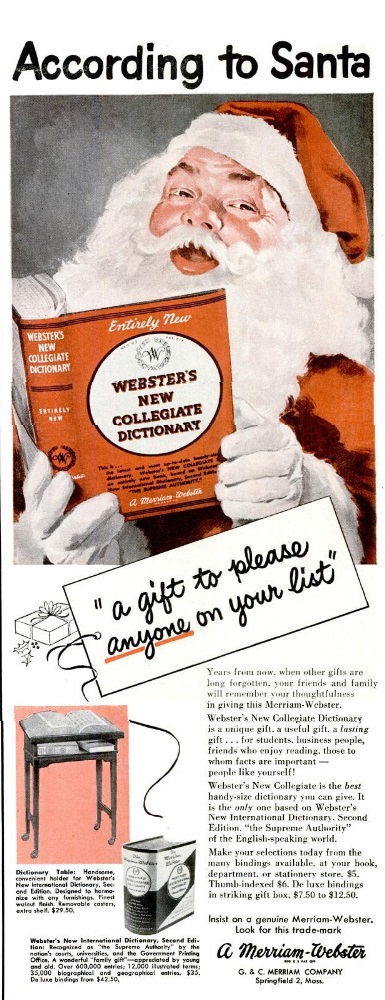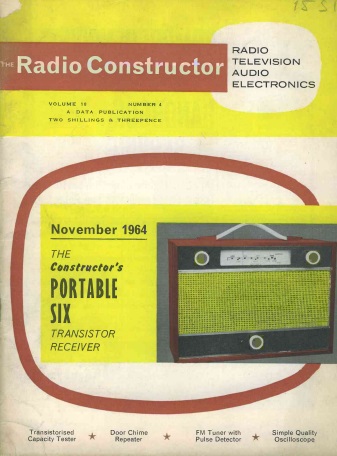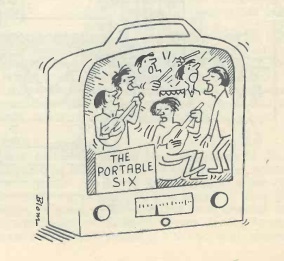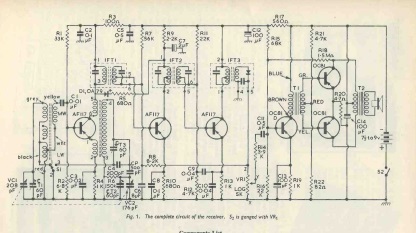 When I first saw this cover of Radio News, December 1939, I thought perhaps she was building the wireless mike, the field strength meter, or maybe the full-range amplifier. But one way or another, she looks like she knows how to handle a soldering iron.
When I first saw this cover of Radio News, December 1939, I thought perhaps she was building the wireless mike, the field strength meter, or maybe the full-range amplifier. But one way or another, she looks like she knows how to handle a soldering iron.
But it turns out she’s a ham, and undoubtedly working on one of her rigs. Her identity was obscured by the mailing label, but fortunately, her call sign was barely visible. She was Lenore Kingston, W9CHD, later Lenore Jensen, with calls W2NAZ and W6NAZ. She was an actress with NBC in Chicago, and pestered the engineers so that they taught her enough code and theory to get her license. After she moved to New York, she kept in touch with one of those engineers, who proposed over CW and became her first husband. Upon his passing, she remarried another radio engineer. She continued her career in broadcast radio in California
She was born Lenore Bourgeotte, but a publicist changed her name to Lenore Kingston when she started her radio career. When World War II broke out, she taught Morse Code to Navy radiomen. She co-founded the YLRL, and handled thousands of phone patches and traffic for servicemen during the Vietnam war. She passed away in 1993. You can read a full obituary in the July 1993 issue of World Radio.
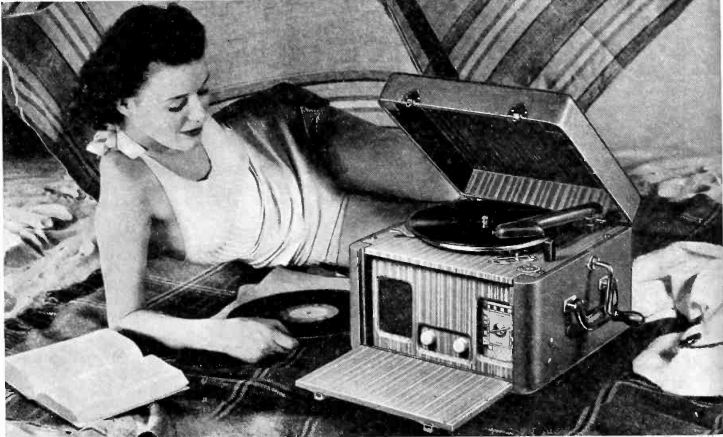 Eighty-five years ago, this young woman is enjoying some musical entertainment at the beach, thanks to her General Electric model HB-408 portable radio-phono. The set featured a mechanical record player, which could play two ten-inch records on a single crank. The electronics consisted of four tubes (1A7G, 1N5G, 1H5G, and 1Q5G), powered by one 1.5 volt A battery and two 45 volt B batteries. It featured a four-inch speaker. She had no trouble getting it to the beach, as it was a featherweight 19.5 pounds.
Eighty-five years ago, this young woman is enjoying some musical entertainment at the beach, thanks to her General Electric model HB-408 portable radio-phono. The set featured a mechanical record player, which could play two ten-inch records on a single crank. The electronics consisted of four tubes (1A7G, 1N5G, 1H5G, and 1Q5G), powered by one 1.5 volt A battery and two 45 volt B batteries. It featured a four-inch speaker. She had no trouble getting it to the beach, as it was a featherweight 19.5 pounds.

